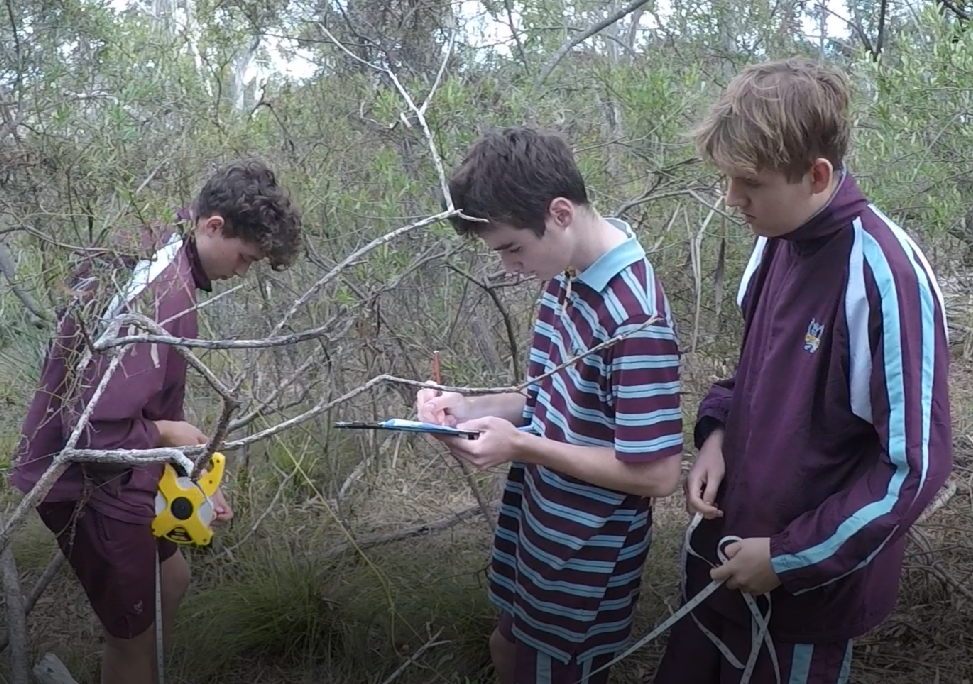12 Geography - Home
Stage 2 Geography - Full Year (20 Credits)
Topic 1: Globalisation
Patterns of globalisation and how globalisation is measured.
Factors influencing globalisation and localisation.
finance and investment flows, such as investment by multinational companies and foreign governments, foreign aid patterns, labour flows and remittances, ‘buy local’ initiatives
technology, such as growth of the Internet, information flows, internet commerce, connections to the local community
transport, such as time–space compression, expansion of shipping and air networks, public transport, lifestyle choices.
Topic 2: Transforming Global Inequality
indicators used to measure global inequality
global patterns of inequality
global economic power structures, multinational companies, and corporate responsibility
government, non-government organisation (NGO), community, and corporate responses to global inequality.
access to health care, education and family planning
Topic 3: Climate Change
the enhanced greenhouse effect and key causes
impacts and responses to global warming.
environmental consequences, such as atmospheric and biological hazards, desertification, and sea-level rise
socioeconomic consequences, such as increasing numbers of environmental refugees (including Indigenous communities), lifestyle changes, and the rising cost of food
political and community responses, such as carbon trading, energy-policy development, international cooperation, buying local products, and recycling
Topic 4: Population change
changing birth and death rates
increased life expectancy and ageing
changing population structures
consequences of changing population structures
economic and sociocultural factors influencing population trends
contemporary case studies of population trends in economically developed countries and economically developing countries.
Topic 5. Migration
global distribution of the human population
types of migration within countries and between countries
causes of migration, including push and pull factors
the impacts of migration at origin and destination
community and political responses to the voluntary and forced movement of people
Topic 6. Ecosystems
characteristics of ecosystems and ecosystem functions, including the interconnections between water, soil, atmosphere, vegetation, and other living things
resources provided by ecosystems, including food, water, wood, and medicines
services provided by ecosystems, including the regulation of climate, natural hazard mitigation, water purification, nutrient cycling, and erosion control
the impacts of people on ecosystems, including land-cover changes, land degradation, and biodiversity loss
Topic 7. The Ecological Footprint
an ecological footprint and how it is measured
the relationship between population change, resource use, biocapacity, biodiversity, sustainability, and ecological footprints
analysis of variation of ecological footprints between countries
contemporary case studies of strategies to reduce the ecological footprint of people and improve sustainability of ecosystems.
Topic 8. Fieldwork
Students undertake independent fieldwork on a local topic or issue of personal interest. Fieldwork topics must be independently chosen, have a geographical context, and be posed as a question or hypothesis.
The selected topic or issue should enable students to use a range of fieldwork techniques to collect primary data. Students integrate and communicate the data in a variety of spatial and graphical presentations, and analyse their findings.










